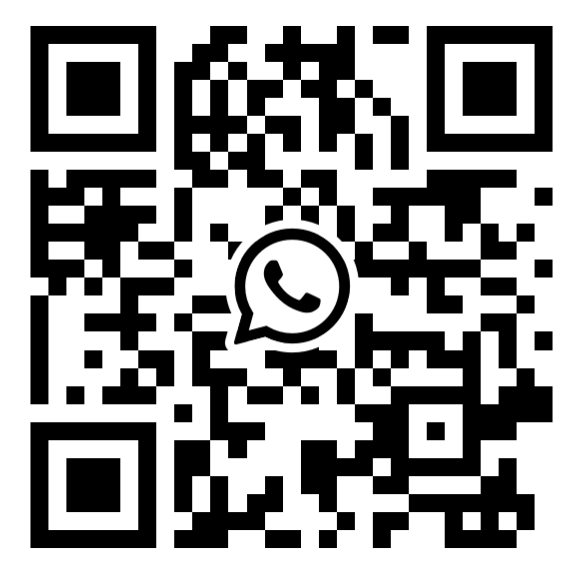Power converter (Power Converters) is a kind of power conversion device, used to convert electrical energy from one form to another form, to realize the energy transfer and control under different power requirements. Power converters are widely used in industry, communication, energy, transportation, aerospace and other fields. In this paper, we will introduce the principle, structure and application of power converter in detail.
First, the principle of power converter
Power converter is an energy conversion device realized by power electronics. Power electronic devices, including diodes, thyristors, MOSFETs, IGBTs, etc., through the control of current and voltage, can realize the conversion of electrical energy from one form to another. The principle of power converter is based on the principle of energy conservation and energy control of the circuit, and through the switching control of power electronic devices, the change of current and voltage is controlled so as to realize the conversion of electric energy.
Second, the structure of the power converter
The structure of power converter mainly includes four parts: input circuit, power electronic device, control circuit and output circuit.
(I) Input circuit
The input circuit mainly includes the power supply, capacitor, filter inductor and so on. The power supply provides electrical energy for the power converter, the capacitor is used to balance the fluctuation of current and voltage, and the filter inductor is used to filter the high frequency fluctuation of input current and voltage.
(ii) Power electronics
Power electronics is the core component of the power converter, used to control the current and voltage changes. Commonly used power electronic devices include diodes, thyristors, MOSFETs and IGBTs. These devices are controlled by opening and closing to make the electrical energy to form different currents and voltages between the input and output.
(iii) Control circuits
Control circuits are used to control the opening and closing of power electronic devices to achieve precise control of current and voltage. The control circuit usually consists of a microprocessor, a sensor, a feedback circuit and a driving circuit. The microprocessor collects the feedback information from the sensors and outputs the corresponding control signals, and the driver circuit transmits the signals to the power electronic devices to realize the opening and closing operation of the devices.
(D) Output circuit
The output circuit is the place where the power converter outputs electrical energy, and outputs the converted electrical energy to the load. Output circuit according to the use of power converter scenarios to choose the appropriate output form, the common output forms are DC output, AC output and pulse output.
Third, the application of power converters
Power converters play an important role in various fields.
(I) Industrial field
In the industrial field, power converters are mainly used to drive motors and control inverters. The motor drive system uses the power converter to convert electrical energy into mechanical energy to realize the motor start, speed regulation, braking and other functions. The control frequency converter converts electrical energy into variable frequency and variable voltage electrical energy, which can realize precise control of the motor and improve the efficiency and stability of the production line.
(ii) Communication field
Power converters in communication equipment are mainly used for power management and signal conversion. The power converter can output voltage from a standard to a voltage suitable for communication equipment while smoothly providing the required current. In addition, power converters can convert signals from digital to analog or from analog to digital to suit the requirements of communication equipment.
(iii) Energy field
In the energy field, power converters are widely used in renewable energy generation systems, electric vehicles, and grid connections. Power converters can convert renewable energy sources such as solar and wind into electrical energy, and store and distribute the energy through grid connections or energy storage systems. At the same time, power converters can also realize the charging and discharging functions of electric vehicles.
(iv) Transportation
In the field of transportation, power converters are mainly used in railroad traction systems and electric vehicles. Railroad traction system through the power converter will be converted into mechanical energy, used for traction and braking of railroad vehicles. Electric vehicles use power converters to convert electrical energy into mechanical energy to realize the drive and braking of electric vehicles.
(V) Aerospace field
In the aerospace field, power converters are used for power management and power transmission in spacecraft. Spacecraft usually rely on solar panels to obtain energy, and power converters convert solar energy into electrical energy suitable for use by the internal circuits and equipment of the spacecraft.
In summary, a power converter is a power conversion device that realizes the conversion of electrical energy from one form to another through the opening and closing control of power electronic devices. Power converter is widely used in industry, communication, energy, transportation, space and other fields, is to realize the different power requirements under the energy transmission and control of the important executive components.






